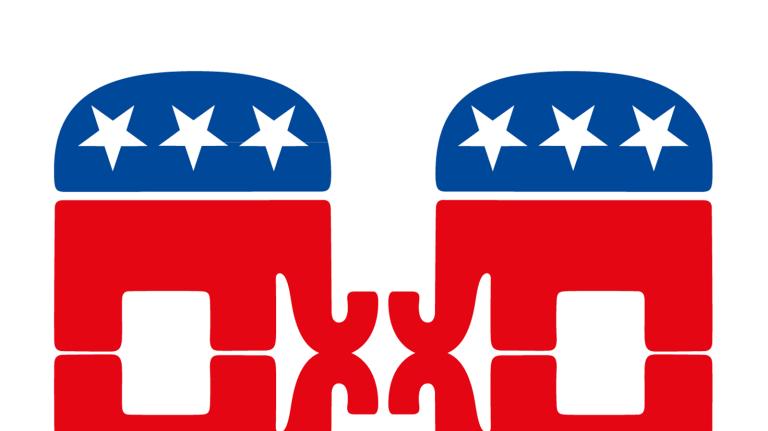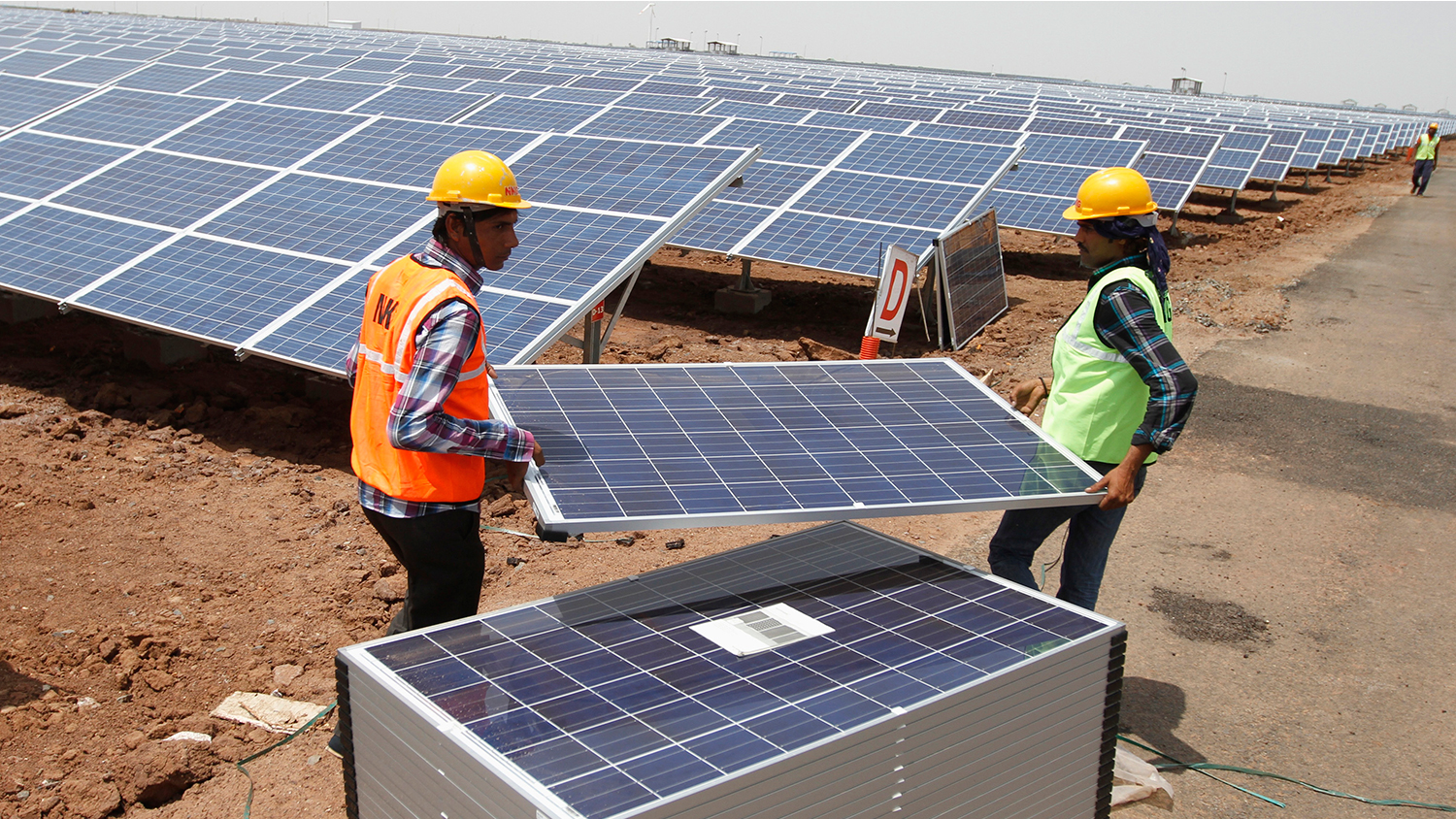Chinese investment in the Indian renewable energy sector has skyrocketed recently, and construction equipment manufacturer Sany Group is the latest to join the push. The company announced last week that it will direct $3 billion toward the development of at least two gigawatts of renewable energy capacity in India, largely in the states of Maharashtra and Andhra Pradesh. That’s a lot of cash and a lot of capacity, and announcements like these check a solid handful of other sustainable development boxes: expansion of renewables, money flowing between developing countries, private sector partnerships — chalk it up to a win for the climate.
Right?
Stories of clean energy investment tend to be good news for environmentalists, but in this case, there’s the danger of missing the forest for the banyan trees. The key here is understanding the difference between climate action and pure economic development motives. India currently has upwards of 250 million people without electricity. It would take somewhere on the order of 225 terawatt hours annually to bring them online — making the projected 4.8 terawatt hours from Sany Group’s two gigawatts seem like relatively small potatoes. When it comes to energy policy, the main goal is shrinking that 250 million figure as quickly as possible. Which is exactly what coal power can do.
But wait! With substantial investment, couldn’t rural India leapfrog coal and satisfy climate aims and development goals at the same time? Presumably, the answer rests on the affordability of decentralized solar power. Over at Scientific American, though, Gayathri Vaidyanathan tells a different story:
The fallacy in this position, others argue, is that solar microgrids do not address climate change. The microgrids do not displace coal use because the target villages were never hooked to the central grid in the first place. In fact, in parts of India, microgrids have become a stopgap solution for the energy-poor while they wait for the central grid.
“I’d agree 100 percent this is primarily a development solution, not a climate solution,” said Justin Guay, climate program officer at the David and Lucile Packard Foundation who was previously with the Sierra Club.
That more renewable energy doesn’t necessarily imply fewer emissions is a central truth that’s easy to forget. After China and the United States, India is the third-highest carbon emitter globally, and Prime Minister Narendra Modi has expressed no intention of changing that.
In the run-up to the Paris climate negotiations, India submitted a pledge to develop 175 GW of renewable energy capacity by 2022. For reference, the entire world’s 2014 renewable capacity was 181 GW. And vis-à-vis the previous point, renewable energy capacity isn’t necessarily a marker of climate action. Over roughly the same time period, India is expected to build between 170 and 200 GW worth of coal power capacity. Sany Group’s investment is expected to prevent close to 4 million tons of carbon emissions annually, but India is expected to triple its emissions to 5.8 billion tons by 2030. Modi has previously said that he will not announce a peak emissions date for the country.
Of course, India’s per capita emissions are drastically lower than those of most developed and several developing countries. Morally (and financially) speaking, nobody really expects India to stop its coal-driven development unless someone else is picking up the tab. Sany Group’s announcement is a suggestion that China is trying to do exactly that, but China isn’t enough — and Sany Group is presumably investing in India’s renewable sector for economic, not environmental, reasons.
All told, it’ll take at least $2.5 trillion worth of investment for India to meet its energy goals, and these are goals that ultimately have very little to do with a decrease in the country’s carbon emissions. In India, coal is still king, and its reign is far from over.




